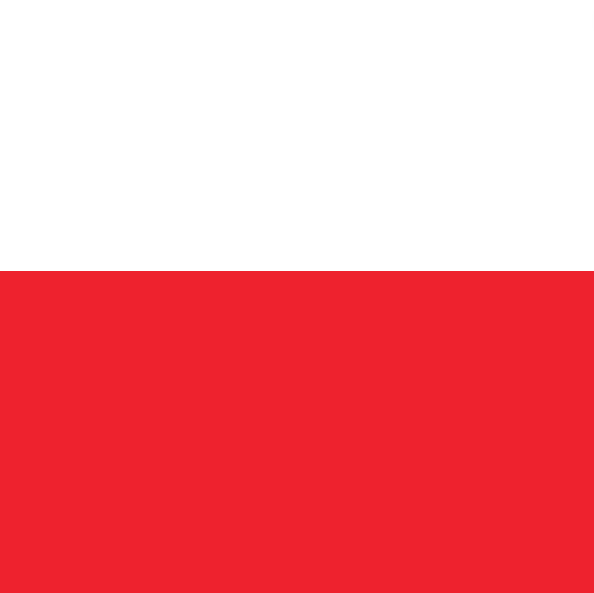Teal and other colours of politics
TEAL
If you live in Australia or follow Australian politics, you will have heard the word ‘teal’ a lot in recent weeks.
For those who don’t know, teal is a colour that was adopted by a group of independent candidates running for election to our national parliament on platforms to increase action to slow climate change. As someone with a keen interest in colour, I am intrigued by the choice of teal.
I’m not sure who named the independents’ branding colour teal, but unfortunately it is not an accurate label. Their colour is closer to a cyan or aqua or to turquoise (think of the turquoise stone colour). The colour ‘teal’ is named after the teal duck, which has a distinctive blue green stripe on its head. The colour is much deeper than the one we’ve seen in the media recently.
Despite the incorrect naming of the colour, I’m interested in the explanation behind the name; blue with some green mixed into it. Now that’s accurate!
BLUE
And the symbolism of that is that blue is the brand colour of our conservative party (some would say this party no longer wants to conserve the status quo but to push it further right, but that is a separate topic!). However, deep blue is what symbolises the political party that has traditionally been our most conservative.
When we think of deep blue, we can associate it effortlessly with the colour that people working in banking, finance and the law would wear. Traditional institutes often choose deep blue for their brand as it is associated with tradition, business and serious male-oriented businesses. This association has long been in place in the UK as conservative parties chose to represent themselves with deep blue.
GREEN
Green, on the other hand, is clearly a reflection of our natural environment. It is fresh and pure. We perceive ‘green’ things as being created using minimal intervention, fewer harmful chemicals and with respect for our environment. Green is often associated with new life and balance.
So if you think of teal once more, it is tradition with a cleaner twist. Whether or not the independents running actually hold traditional values and have injected ‘green’ in there to conserve the natural environment, we may never know, but I find the analysis interesting.
RED
Australia’s centre-left party uses red in their branding. Most of us know that red is associated with passion and is action-oriented. This is the opposite to conserving something; this party wants change, generally to benefit working people, and is frequently adopted by left-leaning parties. The use of red dates back to the wearing of red flowers at the May Day processions in 1889 to commemorate struggles and achievements of working people and it became a symbol of radicalism during the French revolution. Incidentally, red is considered a colour of good fortune in Chinese culture.
RED AND WHITE
The combination of green, white and purple became inextricably linked to fight for women’s suffrage in the early twentieth century. Interestingly, they were not not the only colours used to denote support for the cause but the combination has remained with us. The NUWSS (National Union of Women’s Suffrage Societies) used red (passion and action) and white in 1907, and later added green.
PURPLE, GREEN AND WHITE
The more militant group, Women’s Social and Political Union (WSPU) adopted green, white and purple and as this group had a greater impact on politics, this is what endured. Added to green (symbolising hope and new life) were purple for dignity and justice and white to symbolise purity in public and private life. These colours have been adopted to celebrate International Women’s Day to this day.
These colours were especially useful for women (and potentially some men) who were not overt supporters of women’s suffrage but who wanted to send a message of support to the people they met. Clothes, bouquets and jewellery were all made in these colours and worn for this purpose.
Thank you to the following and for further reading on this topic, see:
Red, White and Blue, What Do They Mean to You? The Significance of Political Colours - Marian Sawer
Teal Duck
Note the coloured stripe on the duck’s head; it is this that gave the colour teal it’s name.
Just some of the colours that have been connected to political movements:







